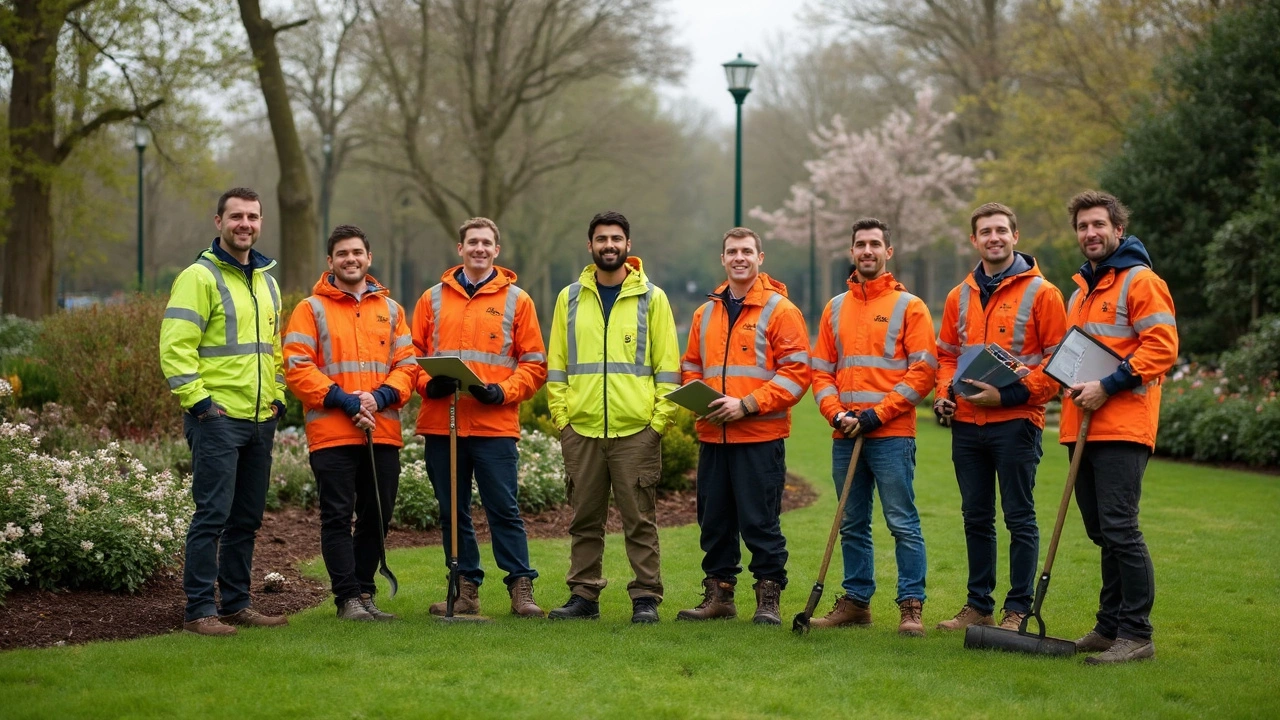Landscaping Career: How to Start, Grow and Succeed
Thinking about working outdoors, shaping gardens and parks while getting paid? A landscaping career can give you fresh air, creative freedom and a decent paycheck. You don’t need a fancy degree – many employers look for hands‑on ability, basic safety knowledge and a genuine love for plants.
Entry‑Level Jobs and What They Involve
Most new hires start as laborers or crew assistants. Your day might include digging, moving soil, planting shrubs or laying sod. Employers value reliability, physical stamina and the willingness to learn. On‑the‑job training is common, so you’ll pick up tool use, irrigation basics and plant care quickly. A short certification, like the City & Guilds Level 2 in Landscaping, can boost your start‑up pay and show you’re serious.
Building Skills and Advancing
After a year or two, you can move into roles such as landscape technician or junior designer. These positions add planning tasks: reading site plans, measuring spaces and suggesting plant selections. Learning software like SketchUp or AutoCAD helps you sketch ideas for clients. Many local colleges offer part‑time courses in horticulture or garden design – a few evenings a week can open the door to higher‑pay jobs.
Salary expectations vary by region, but a typical entry‑level wage in the UK sits around £18‑£22k per year. With a few years of experience, specialist skills (like hard‑scaping, water‑features or sustainable gardens) can push earnings to £30k‑£40k. Running your own crew or starting a small business can double that, especially if you land commercial contracts for office parks or housing estates.
Networking matters in this field. Attend local garden shows, join the British Association of Landscape Industries (BALI) and chat with suppliers. A solid reputation for punctual work and tidy sites spreads fast, bringing repeat clients and referrals.
If you’re drawn to the creative side, consider combining landscaping with interior design knowledge. Understanding how outdoor spaces flow into interiors helps you pitch full‑home makeovers – a service many high‑end clients crave. Our tag page also features posts on interior trends, construction basics and project budgeting, all useful when you start quoting larger jobs.
Health and safety is non‑negotiable. Proper PPE, safe lifting techniques and awareness of underground services protect you and your crew. Many employers require a basic health‑and‑safety certification; completing it early saves headaches later.
Finally, stay curious about new plants, eco‑friendly materials and water‑saving tech. Climate‑smart landscaping is growing fast, and clients increasingly ask for drought‑resistant designs. Knowing which native species thrive locally can set you apart from competitors.
Whether you start planting backyard roses or designing city‑scale parks, a landscaping career offers clear steps to move upward. Get your feet dirty, learn the tools, add a few qualifications, and watch your role evolve from laborer to designer or business owner. The green industry is always hiring – your next job could be just a seed away.
Top Pay for Landscaper: How High Can It Go in 2025?
- Gavin Whitaker
- |
- |
- 0
Wondering how much the top landscapers are making right now? This article breaks down the best wages in landscaping, what it takes to reach those numbers, and where the big earners are located. You'll find real world tips to boost your own income, plus a look at how extra certifications, experience, and special skills impact pay. Whether you're new or have been in the field for years, get practical info on jobs, locations, and bonuses that push landscaping salaries to the top tier.
View more